Living in bin - "It's more fun in the Philippines"It's more fun in the Philippines - The advertising slogan is mocking the around 200'000 people in Manila who live in and from garbage. Living off the land, growing chickens, children playing outside and running barefoot... A dream for many families. People in Tondo have all that, but surely not the way most people would dream of. Tondo, the largest district in Manila and one of the most densely populated areas in the world (at 69,000 inhabitants per square kilometer), became famous for a landfill called Smokey Mountain. Scavengers roamed the landfill, looking for treasures to sell to Junk shops, foraging through food trash to clean and boil good pieces and resell them as "pagpag" to the poor community around them. Pagpag means to "shake off" in Philippine and refers to shaking dirt and maggots off the foraged food before recooking and reselling it. Smokey Mountain became a stigma in Manila due to its fame and government urged to shut down the site and relocate the people. The site has been officially closed after over 40 years, the mountain (the landfill) is now covered by soil and appears to be a green hill in the concrete surroundings. The site has been renamed to Paradise Heights and housing units have been built for the people there. When visiting the area, the efforts are visible. The regional responsibles try hard to improve this place. A health centre has been built and also a school, allowing the kids there to have an education, while before they had no chance in getting to the next school a few miles away. On the hill, a few families live and grow vegetables, fruits and breed chicken. Almost idyllic, if it wasn't for the poor conditions they still face there. Yes, the landfill has been closed, but the people living there are still poor. The scavengers have moved over to the two newer slums respectively dumpsites near the harbour, an area built on reclaimed land from the sea and compacted garbage, paved with rubbish. Electricity and running water are not available everywhere and people live in between the garbage that is disposed there every day. The bigger slum is named "Happyland", after the Visayan word "Hapilan" for smelly garbage. The irony if this name is as bad as the conditions there. In addition, the smaller area with many food stalls is named Aroma. Most of the Scavengers are also squatters, living in makeshift houses between the dumped garbage. They sift through the garbage, 10 hours a day to separate sellable stuff from the rest. Hundreds of kilo of recycling material passes through the hands of the many scavengers, and the profits are maybe 2-3 Dollars a day. Other families peel Garlic for gastronomy purposes. The garlic is delivered to them, they peel and pack and have it picked up by the restaurants again. It is not known for sure how many people live in those slum areas. Most of them also don't have any papers. Numbers vary from 30'000 to 600'000. Alone in Manila, 50% of the 11 million inhabitants live in poverty, around 4 million live in slum areas. 20 million in all of the Philippines. Alone in Tondo, the dumpsites span over two million metric tons of waste. There is no proper waste management in the Philippines, and government seems reluctant to do anything, or helpless. Of course, this is a vicious cycle. The garbage provides an income for scavengers and the city has a place to dispose their waste, out of sight from the clean city areas. To change this, scavengers need a voice. But without valid papers or an education, or simply being able to read and write, this will never be an option. Various NGOs work in the area, missionaries, private as well as international NGOs aim to improve the conditions of the people in the slums of Happyland, provide education, income and help to get them registered. But with thousands of people in these slums, this seems to be a never-ending endeavour. Nevertheless, the kids in those streets seem happy. They run around barefoot on the soft pavement made of garbage, trashed food and even dead rats, they play games, play hide and seek and are trying to enjoy a normal childhood. They have dogs as pets and guardians and chickens to provide eggs and meat, and cocks to engage in cock fights or to sell them for this purpose. They are fighters since birth, long before they even realise, they are (and have to be). Of course, we could pray to some higher power to magically make all of this disappear, but that would be too easy. We have to act, to change this, every single one of us. First step: consume less and consume more conscious. Do you really need 2 plastic straws in your cocktail? (Do you really need straws at all?) Do you really need a new plastic bag to carry around all the newly purchased stuff? You could bring your own bag from home... or shop less and only what you really need. All of us, we can reduce our impact when it comes to trash and plastics. And we can support NGOs who are helping those who can't get out of this life on the dumpsites themselves. Drop me a line if you want to donate some money to the nGOs in charge there, I will gladly provide you with some adresses.
4 Comments
The colours of MongoliaMongolia, the land of the Eternal Blue Sky and home to the Gobi desert. The numbers are impressive: Mongolia is the 18th largest country in the world, the Gobi desert the 5th largest desert in the world, covering an area of 1.295.000km2 (while Mongolia itself covers 1.564.114km2). Mongolia has 3 million inhabitants (with 2/3 living in and around Ulaanbaatar) but a stunning 64 million of farm animals such as Sheep, Goats, Cows, Horses and Camels. But Mongolia is more than just numbers and a big desert. It is a country of contrasts and of colours. Yes, colours, in the desert. I was surprised too. After a little bit of rain, the desert had a little green glow on the grounds. But more impressive were the rocky hills with tone in tone changing colours. And because there is not really a vegetation in the desert, these hills stick out even more. And then you arrive in the extreme south of the Gobi Desert at the Khongoriin Els Sand dunes at sunset. The dunes glow in an orangey light and the green grass around the river in front of it is the greenest green you have ever seen. The Sand dunes are over 180km long and up to 27km wide. They can reach heights of 100-300meters. There is a constant north to west wind to make the dunes continually change their shape and to give them sharp curves and contours. Sitting on top of the dunes, watching the sun go down behind the Altai Mountain range is a spectacle not to be missed. Traveling the Gobi Desert is not for everyone. The drives are long and you will not see many villages or trees for hundreds of kilometers. But then you reach another family at their Yurts and they invite you in, give you a bowl of Ayrag (fermented horse milk) and you learn about the tough nomadic life in Mongolia. These are the moments you forget how many kilometres you have already passed and you will be completely smitten by this beautiful country. A little more to the east of the Omnogobi Province, we reached the flaming cliffs of Bayanzag. All of a sudden, the landscape drops and gives way to this flaming red canyon. We had a special experience with the cliffs. Since our driver was not feeling too well that day, we decided to walk the short way from the Ger Camp to the cliffs. They told us 1km, but in the end it was at least 3km. Of course, we were prepared with enough water and a satellite phone. Basic safety when going for a walk in the desert sun. At sunset time, the wind over the cliffs just got amazingly strong and almost pushed us over the edges of the cliffs. Also an interesting experience. Compared to Ulaanbaatar, the life in the desert is completely different. No running water, only solar power and a lot of countryside around the houses for their sheep, goats, horses or camels. In winter, the temperatures can drop as low as -35 degrees and family spend most of the time inside the little Gers. Chicken are hardly seen, as they would not survive the cold winters. Traditionally, Mongolians eat all parts of the animals. Giblets and animal fats form a big portion of the daily meals and help to keep the people warm in winter time and to give them enough energy to work with their cattle. Also they prepare a lot of Aaruul, the Mongolian curd cheese, traditionally dried in the sun. It literally keeps forever and therefore one of the core vitamin sources for the nomads. In Ulaanbaatar, except in the poorer suburbs, you have normal stone houses, running water, electricity and all the comfort of schools, shops and restaurants you can think of. And in July, the whole city and surroundings turns into a Festival area. The Naadam Festival is the national festival and last three days officially, but the Mongolians party all week. Naadam Festival is held in the most enjoyable month of the most pleasant season in the country. Everyone takes the opportunity and enjoys the Festival in diverse schedule such as travelling to the countryside, camping out and gathering in their closest herds. Life in the city is on hold this week, most shops are closed or only sporadically open. The festival is portraying the 3 main sports in Mongolia, the "Games of Men", horseracing, wrestling and archery. Everyone is dressed up in their nicest clothes, many kids have the Mongolian flag painted on their cheeks. It is a non stop party. Mongolia also offers a lot of history. Surely you have heard of Genghis Khan, the founder of the Mongolian Empire. While most people remember him due to his brutality, the raping, the robbing, the 500 secondary wives and all the murders, Genghis Khan did a lot of good things for the country. He was the first to unite the Clans to a whole, forming the country. And he, despite being analphabetic, knew about the importance of scripts and ordered the development of the Mongolian script based on the Uygur language. Also, he made his son write down all laws in the Yassa, the secret written code of law. Genghis Khan also set up the first capital of Mongolia in Karakorum (todays Kharkhorin), where he installed freedom of religion for the hole empire, but places of worship started to be built only with his successor. Genghis Khan built an empire, his sons destroyed most if it because they ware quarreling with each other over who has how much. Normal family behaviour I guess. Today, Mongolia is a peaceful and calm country that has more to offer than its brutal past. But why not go there and see for yourself? Cooking for a future - LebanonThis Blog post is an article I wrote for Basler Zeitung (in german) and Cause Photo Travels. Beirut, Lebanon. 1948 the first refugee camp for Palestinian refugees opened up in Beirut. At that time, temporary places with tents and the hope to go back home to Palestine again soon. 70 years later, the tents have been transformed into houses, even skyscrapers, made from stone. Temporary is not a suitable term anymore. The hope to go back home still lingers on. In Lebanon, there are 12 refugee camps with more than 450’000 registered refugees, three of them alone in Beirut. Mariam Al Shaar, born and raised in Burj El Barajneh, the biggest of the three refugee camps, is the coordinator of all activities of the NGO Women’s Programs Association (WPA) in all 12 refugee camps. The conditions in the camp are bad. On an area of one square kilometer live almost 50’000 refugees, mostly Palestinians, but since a few years more and more Syrians also. As a comparison, in Switzerland we have a population density of 204 persons per square kilometer. Not only due to this, the camp is busy – the very narrow roads are shared by pedestrians, motorcycles and shops at the same time. Even the pastime is taking place here, at least of the male population. In the Arabian culture, girls and women normally spend their time after work or school at home. Mariam Al Shaar wants to change that. With WPA they offer schools in those camps. The teachers are Palestinians, Syrians and Lebanese professionals. Just last week, the new school building has been finished. With the help of international donations, it was possible to buy a building, to move out of the now used, rental building that costs as much as 600 dollars a month. But this is not enough for Mariam Al Shaar. She is working hard to give the women and girls in the camps a future. Last year, in collaboration with Cuisine sans frontiers, a swiss caritative organisation, they started the second round of the project “Soufra-Kitchen”. 25 women get a professional education in gastronomy, they learn to cook healthy food, the systematics of big kitchens and caterings and to work efficiently in the kitchen with preparations and everything. Now the classes are finished for this year, and the women work and earn money with their work as chefs. They cater for schools and events inside and outside of the camp, they started a food truck business and a few months ago, they were invited to man a regular stand at the “Souk El Tayeb” – the weekly farmers market in downtown Beirut. Every Saturday, the women offer there all the Palestinian delicacies they produce in the camp kitchen. And besides all this, the Soufra project has also a social benefit on these women, as they have a new social community, new contacts and a generally improved social life. The international press has already spotted Mariam Al Shaar also. Recently, she has made it with a double page and her portrait into the book «200 women who will change the way you see the world» and another entry into the 100 most inspiring women of our times is being discussed. Even a movie has been made about the kitchen project. The movie “Soufra” just was at the Cannes Festival and several others. In Switzerland, Cause Photo Travels is working to organise screenings of the movie and a presentation of the project to support the project with the funds raised through entrance fees. But all of this is only a little bit of glamour in totally not glamourous day to day life in the camp. Most of the people there hardly ever leave the camp, and if they do, they feel estranged, unwelcome and uncomfortable outside in Beirut. Palestinians in Lebanon are not living an easy life. 72 professions are prohibited for them and the others are hard to get in to. Due to this situation, they tend to agree to jobs for payments, no Lebanese would agree on. And then they need to cope with the blame from the Lebanese for taking these low paid jobs and taking away the jobs of the Lebanese people. Refugees are tolerated, but not widely welcome. And if they want to travel or leave, the government hardly ever allows it. A paradox situation. That is why most refugees spend their whole life in the camp, work there independently or open a shop – the only place where this is possible without restrictions. Water and electricity in the camp are also not standard yet everywhere. Many relief organisations like the UNRWA are working to improve this, but it takes time. Especially electricity is a dangerous subject. In the last years, 60 people died from execution. A big number, but when you see the many and very low hanging electric cables, the number becomes surprisingly small. In some roads you have to duck down to not touch those cables. The change is ever present in the camp. You see renovated buildings, newly painted houses and people working to improve the infrastructure. But in-between you also see broken down or destroyed houses and walls with many bullet holes from the various conflicts and wars in the last years. Life in the camp surely is not an easy life. It lacks everything – except hope, kindness and generosity. And if you open your eyes and heart, you will experience the most amazing smiles you can see in the Near East. |
about me ...I am a swiss photographer (www.sustainable.photography), a travel, wildlife, volunteer and outdoors addict who cares about zero waste, the environment and simply our planet.
older posts ...categories ...
All
|
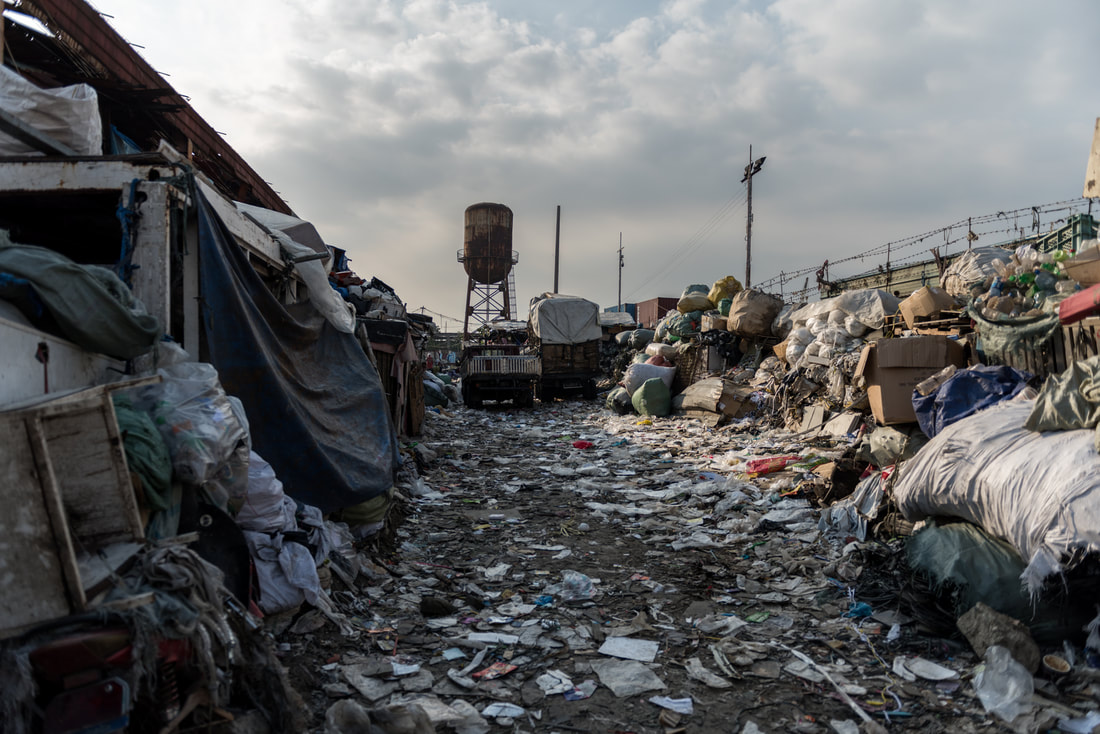
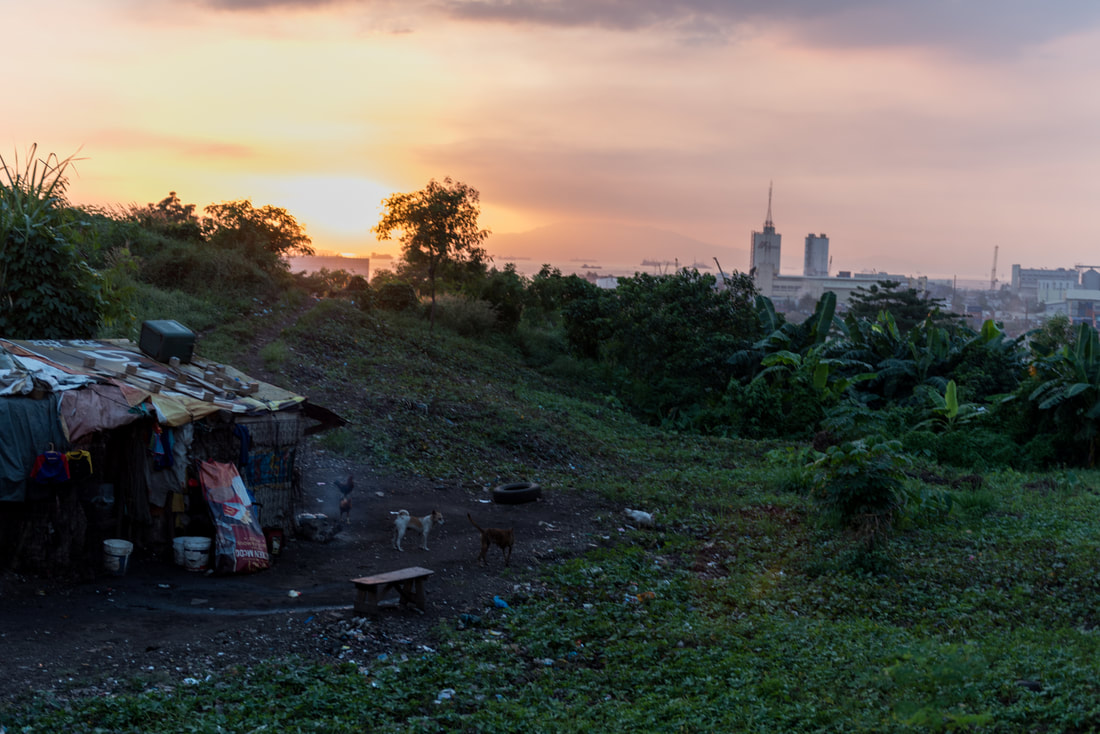
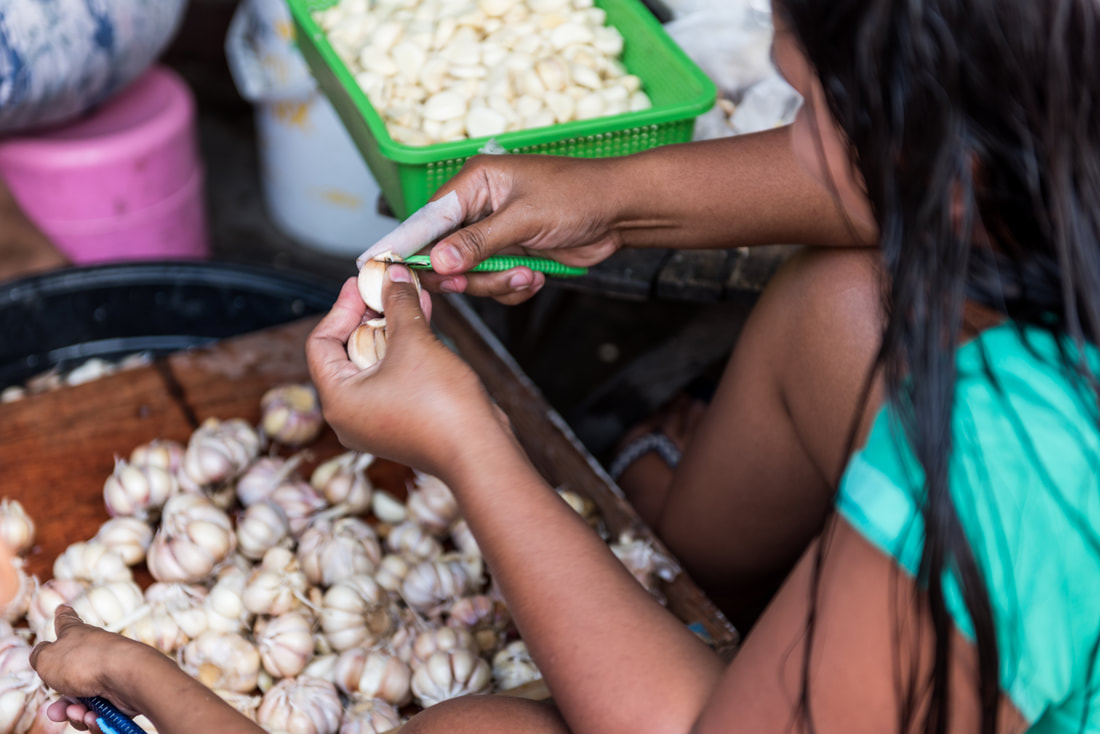
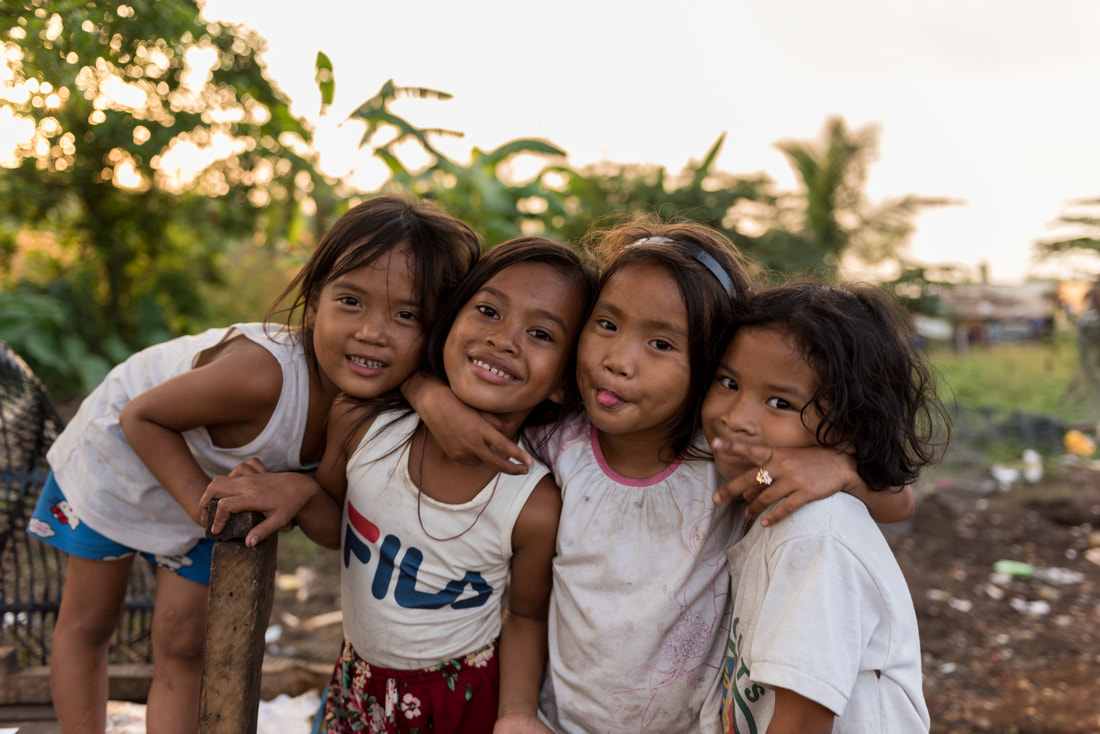
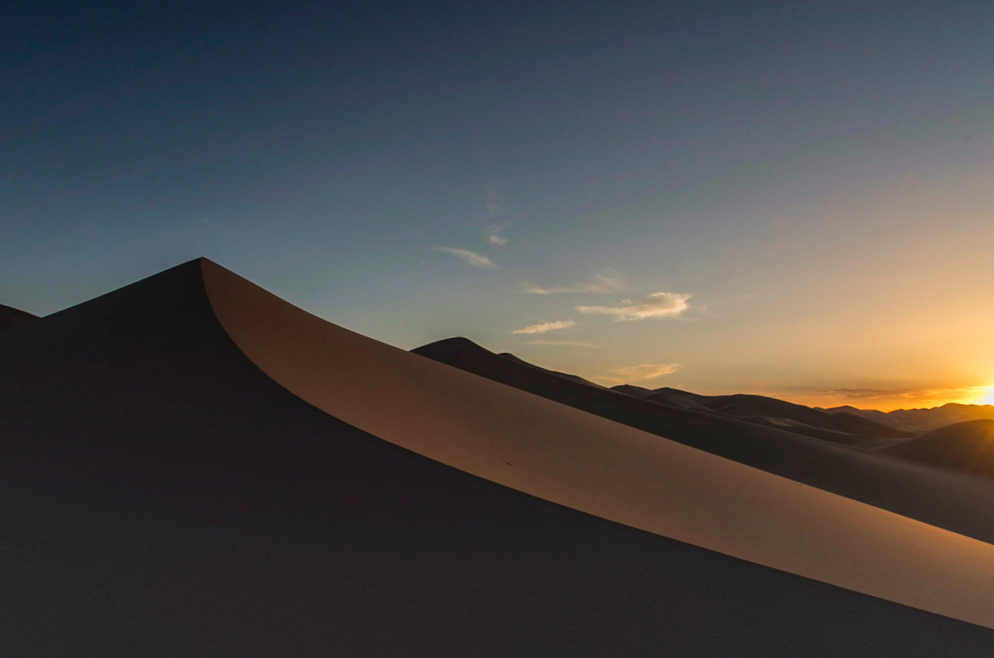
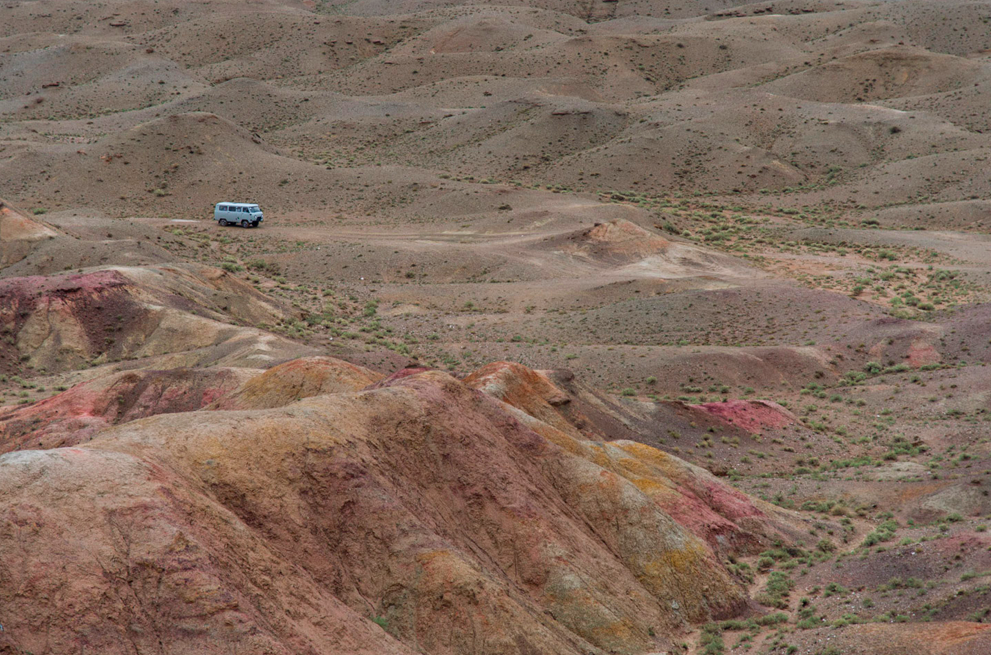
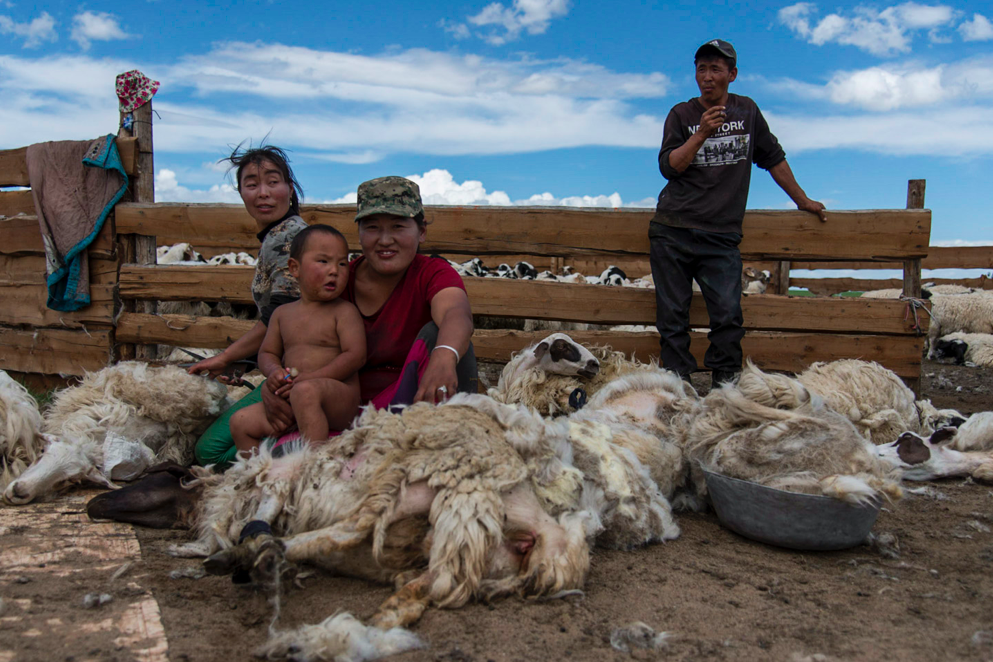
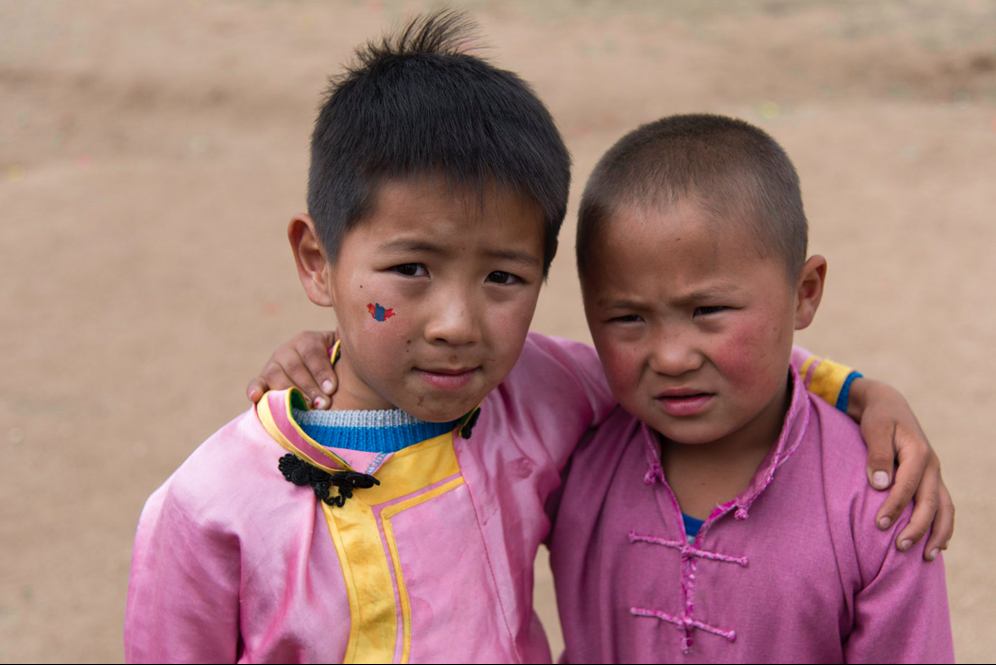
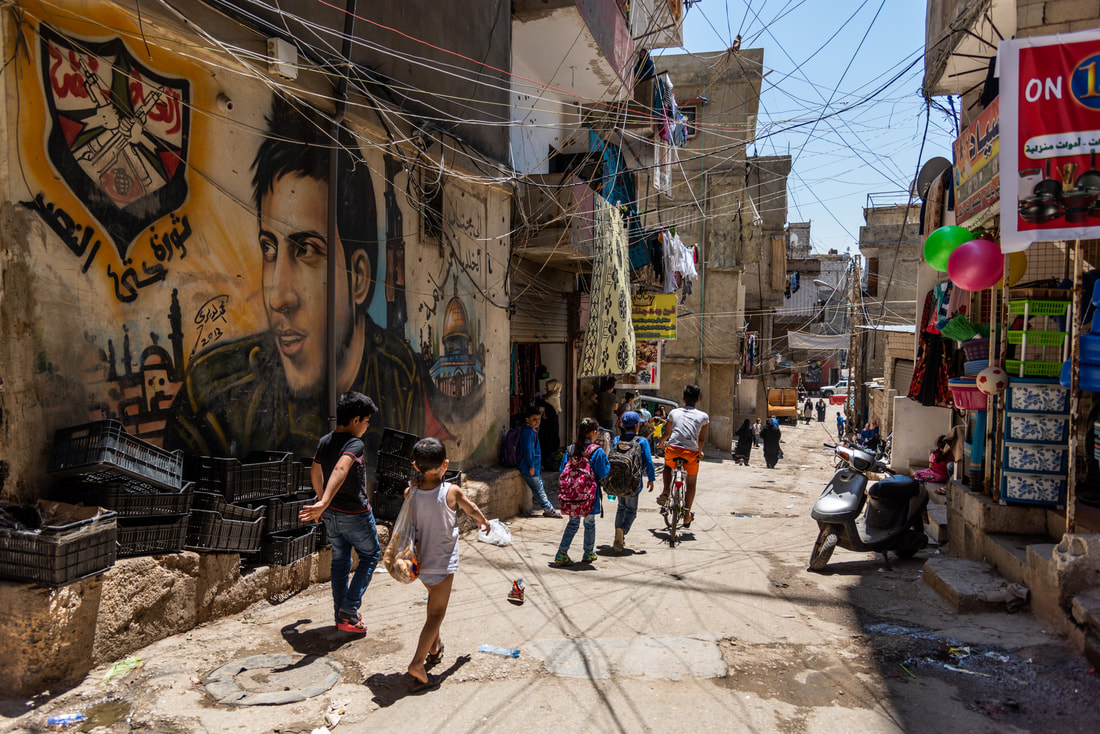
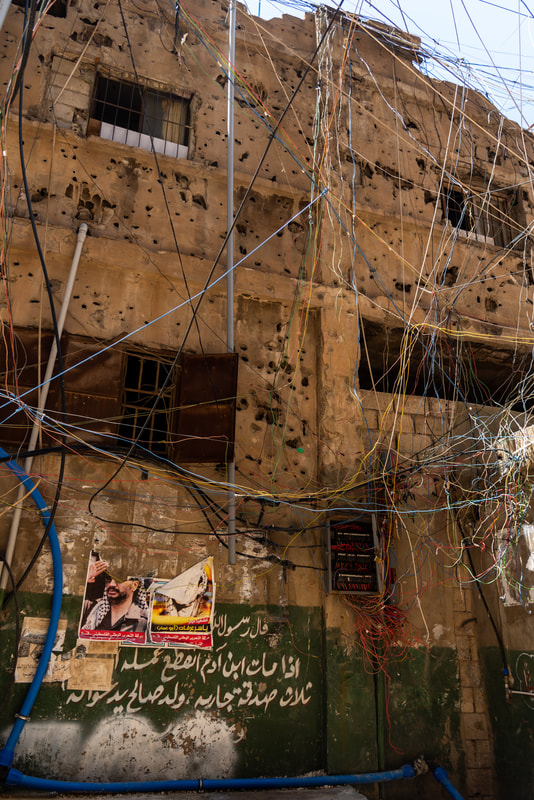
 RSS Feed
RSS Feed
